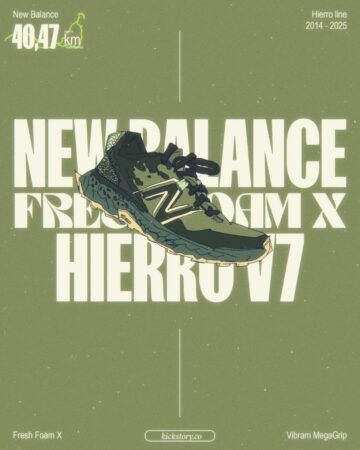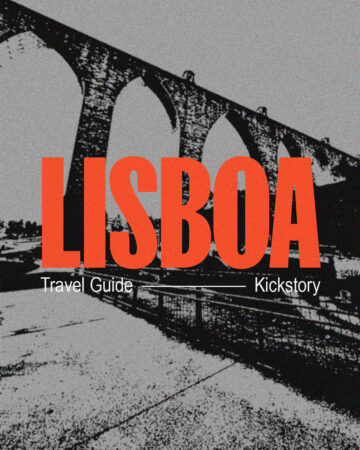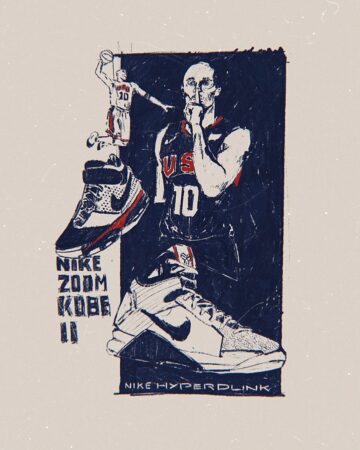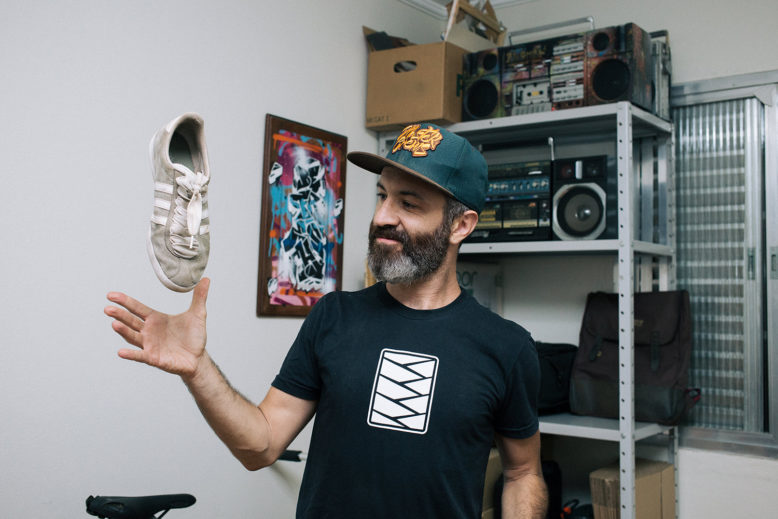
We went after 3 people with different personalities, and with real stories written with their adidas Originals. The second person to be interviewed is Mr-Fe, a “present-school” bboy from the Street Breakers Crew which has been in the Hip-Hop scene since 1991, and today along with his partner, they are responsible for one of the biggest parties in the culture in all Latin America: the Master Crew.
This content is a partnership with SneakersBR with the support of adidas Originals.
“My name is Mr. Fe, I’m a part of the Street Breakers Crew and of Spray Studio Produções – a company that has been promoting events related to breakdancing, hip hop, and graffiti for over 20 years; we’re the producers of Master Crew, and For Fun, our two best-known parties. Also, I’m a freelancer, art director specialized in 3D and touch up, and I have my own studio”.
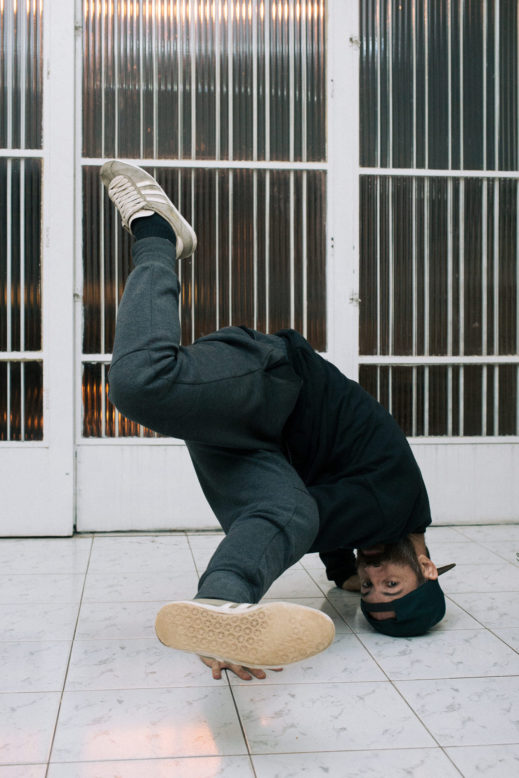

“And I got to understand just how important that culture was, and why at 9 PM on Christmas Eve, these guys were dancing instead of being with their families”
When did you learn about hip hop and got involved with it?


And how were the Master Crew and For Fun parties created?
“In 1993, we realized that the country had a huge deficit of information regarding hip hop. We wanted to know what was happening on the other side of the world but we didn’t even know what was going on in the neighborhood next door. Our communicators at the time were letters, TV, and print, which would always feature completely distorted pieces on our culture.”


And now you’re bringing back theses histories and images on Instagram, right?
What’s the dimension of Master Crew?

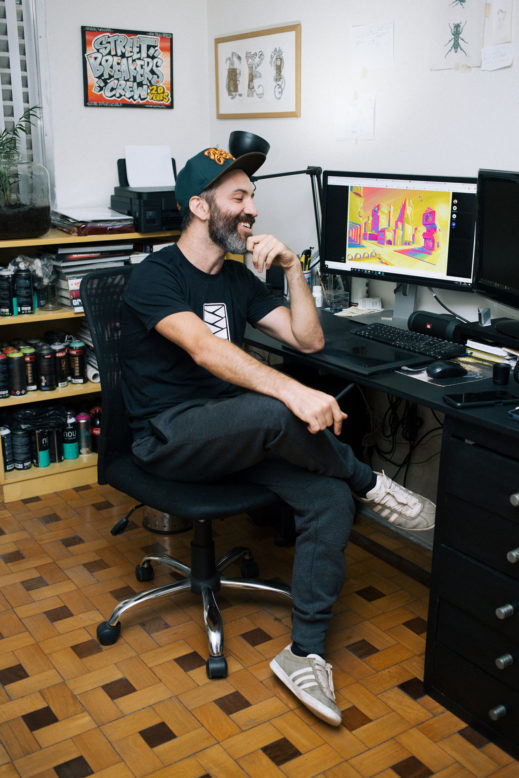
So now talking about the good stuff, like sneakers. What does it represent to you?
“My mom would give me money to buy new pairs. At the time, there were only two national brands, Rainha, horrible, I hated the Rainha, and the M 2000, they were a little bit better but were more expensive. And I didn’t like them, I didn’t think they were good for dancing. So, you know what I would do? I’d go up to the guys that had cooler sneakers, and I’d say “Dude, will you sell me your worn sneakers?” I’d show up home with a patched-up pair of sneakers for the price of a new one”


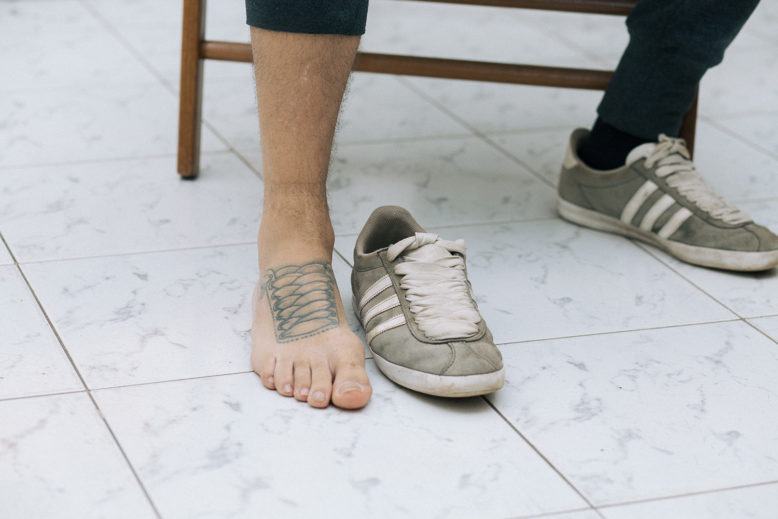
“I went abroad with a black Gazelle and I tore them up from dancing so hard, it was 4 months of dancing like crazy. Every day, it was either practice or party. It was the biggest endurance test of my life, that was about 4 years ago, I was already an old guy, you know? I was like a kid, going to parties one day, sleeping in the other, dude I was living in cities I’ve always wanted to live in, San Francisco, New York, Bay Area. I danced with people, crews, that I’ve always dreamed of dancing with. So then, it was all too much for the black Gazelle (laughter). In the middle of the trip, I had to look for a store to buy a new one, and I found this one here.”
What’s the story behind your Adidas Gazelle OG and why is it so important to you?



“Then, I saw my sneakers lying around, started sketching some things and it happened. It was right in the beginning, and after we did this. And it’s crazy because the guys from within the culture and even some designers that I really respect, are always acknowledging it! And man, it’s in ink now, right? I’ll never stop being a B-boy and I’ll never forget the crew.”
We noticed that you really identify with the fatlaces symbol and that it is present in in your life in many ways.


Adidas Gazelle OG
Brought: 2015
Owner: Mr-Fe
Photos by: Pérola Dutra
